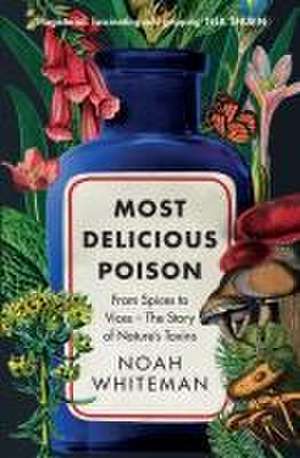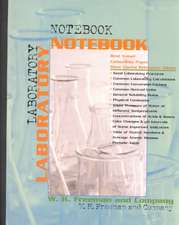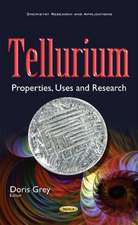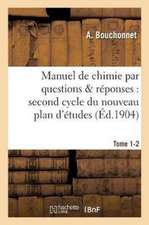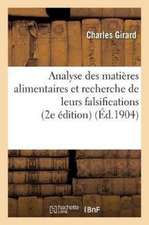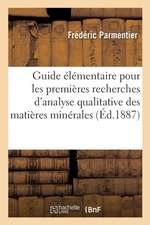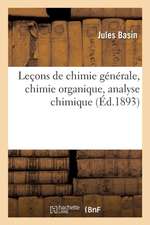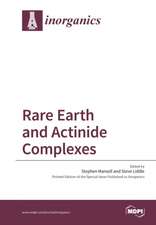Most Delicious Poison
Autor Noah Whitemanen Limba Engleză Paperback – 3 oct 2024
| Toate formatele și edițiile | Preț | Express |
|---|---|---|
| Paperback (1) | 70.14 lei 3-5 săpt. | +11.05 lei 7-11 zile |
| Oneworld Publications – 3 oct 2024 | 70.14 lei 3-5 săpt. | +11.05 lei 7-11 zile |
| Hardback (1) | 175.99 lei 3-5 săpt. | |
| Little, Brown and Company – 24 oct 2023 | 175.99 lei 3-5 săpt. |
Preț: 70.14 lei
Nou
Puncte Express: 105
Preț estimativ în valută:
13.42€ • 14.58$ • 11.28£
13.42€ • 14.58$ • 11.28£
Carte disponibilă
Livrare economică 01-15 aprilie
Livrare express 18-22 martie pentru 21.04 lei
Preluare comenzi: 021 569.72.76
Specificații
ISBN-13: 9780861548873
ISBN-10: 0861548876
Pagini: 295
Dimensiuni: 128 x 197 x 26 mm
Greutate: 0.27 kg
Editura: Oneworld Publications
ISBN-10: 0861548876
Pagini: 295
Dimensiuni: 128 x 197 x 26 mm
Greutate: 0.27 kg
Editura: Oneworld Publications
Notă biografică
An evolutionary biologist reveals the origins of natural toxins, why they evolved, and the biological basis for our attraction—and addiction—to them.
A deadly secret lurks within our spice racks, medicine cabinets, backyard gardens, and private stashes.
Scratch beneath the surface of a coffee bean, a red pepper flake, a poppy seed, a mold spore, a foxglove leaf, a magic-mushroom cap, a marijuana bud, or an apple seed, and we find a bevy of strange chemicals. We use these to greet our days (caffeine), titillate our tongues (capsaicin), recover from surgery (opioids), cure infections (penicillin), mend our hearts (digoxin), bend our minds (psilocybin), calm our nerves (CBD), and even kill our enemies (cyanide). But why do plants and fungi produce such chemicals? And how did we come to use and abuse some of them?
Based on cutting-edge science in the fields of evolution, chemistry, and neuroscience, Most Delicious Poison reveals the origins of toxins produced by plants, mushrooms, microbes, and even some animals, the mechanisms that animals evolved to overcome them, and how a co-evolutionary arms race made its way into the human experience. This perpetual chemical war not only drove the diversification of life on Earth, but it is also intimately tied to our own successes and failures. You will never look at a houseplant, mushroom, fruit, vegetable, or even the past five hundred years of human history the same way again.
A deadly secret lurks within our spice racks, medicine cabinets, backyard gardens, and private stashes.
Scratch beneath the surface of a coffee bean, a red pepper flake, a poppy seed, a mold spore, a foxglove leaf, a magic-mushroom cap, a marijuana bud, or an apple seed, and we find a bevy of strange chemicals. We use these to greet our days (caffeine), titillate our tongues (capsaicin), recover from surgery (opioids), cure infections (penicillin), mend our hearts (digoxin), bend our minds (psilocybin), calm our nerves (CBD), and even kill our enemies (cyanide). But why do plants and fungi produce such chemicals? And how did we come to use and abuse some of them?
Based on cutting-edge science in the fields of evolution, chemistry, and neuroscience, Most Delicious Poison reveals the origins of toxins produced by plants, mushrooms, microbes, and even some animals, the mechanisms that animals evolved to overcome them, and how a co-evolutionary arms race made its way into the human experience. This perpetual chemical war not only drove the diversification of life on Earth, but it is also intimately tied to our own successes and failures. You will never look at a houseplant, mushroom, fruit, vegetable, or even the past five hundred years of human history the same way again.
